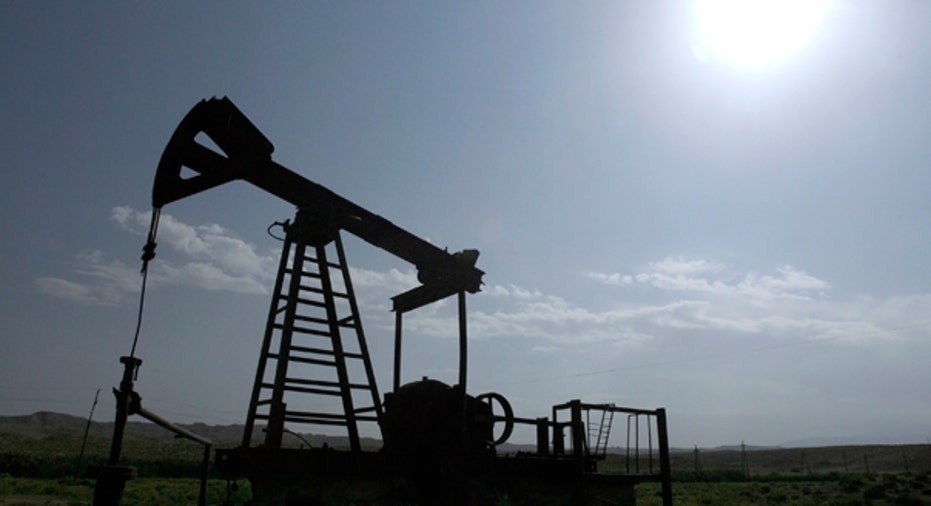U.S. Posts Record Year for Oil Growth

BP (NYSE:BP) is adding to the chorus of amazed U.S. oil watchers.
The energy giant’s Statistical Review of World Energy, which has been being published for more than six decades, is the latest report to signal a shift in world energy markets as a result of the U.S. shale oil boom.
According to BP, U.S. crude oil production last year recorded the largest increase in the world and the nation’s history at more than one million barrels a day. Production totaled 8.9 million barrels a day, a 14% jump year-over-year.
The nation’s previous record was an annual gain of 640,000 barrels a day in 1967.
The combination of hydraulic fracturing and horizontal drilling has allowed the industry to retrieve oil from shale rock formations, particularly North Dakota’s Bakken Shale and the Eagle Ford Shale in Texas. Thanks to those booming shale plays, crude oil production in the U.S. has soared to help keep the global market adequately supplied and offset declining production in other regions.
Meanwhile, with production of natural gas rising and prices at low levels, the U.S. posted the world’s largest decrease in coal consumption in 2012.
“On the supply side, the most noticeable phenomenon remains the American shale revolution,” BP Chief Executive Bob Dudley said in an introduction to the report.
Although the U.S. remains a large oil importer, it is bringing in the least amount of crude since the mid-1990s.
BP noted that it doesn’t expect the nation’s surge in oil output to have a major impact on global prices. The U.S., now third in global crude production behind Saudi Arabia and Russia, still produces only one out of every 10 barrels worldwide. Restrictions on crude exports from the U.S. also dampen the impact on prices.
The challenge for U.S. producers, the report added, is meeting infrastructure needs that have been outpaced by production.
Crude must travel from the oil fields to refineries, primarily by pipeline and rail, but limited pipeline infrastructure has created regional gluts in locations like Oklahoma, where prices have declined. However, the excess supply in those areas hasn’t brought substantial amounts of cheap oil and fuel to consumers, BP said.
Other regions have seen output ease. Production in the U.K. fell 13.4% in 2012. Former OPEC nation Indonesia saw a 3.9% drop.



















